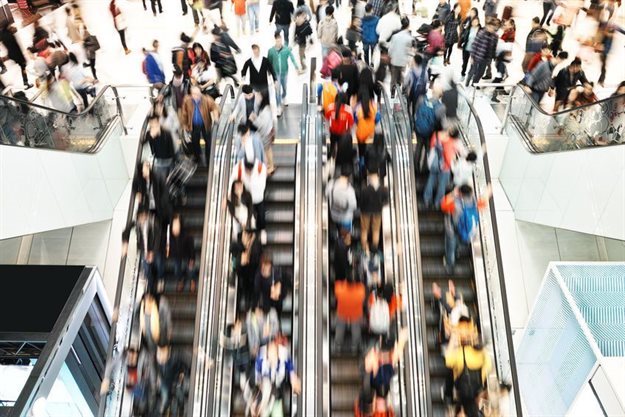Escalators and lifts result in serious injuries and fatalities more often than you might think. Some injuries caused by escalators and lifts could constitute negligence and be grounds for personal injury claims.
This is according to Kirstie Haslam, partner at DSC Attorneys, who says that in the United States, for example, an average of 30 people die and 17,000 are injured per year due to escalator and lift accidents according to data provided by the US Bureau of Labor Statistics and the Consumer Product Safety Commission.
“In South Africa too, escalator and lift accidents regularly make headlines,” she explains. “Sometimes, accidents are due to people using lifts or escalators inappropriately. In other cases, the blame lies squarely on the manufacturer or operator.”
Examples of escalator and lift injuries in South Africa
Haslam says that in 2019, an elevator cable snapped in a Doornfontein high-rise building, resulting in the horrific death of a 40-year-old woman. She was in an elevator with a young man when a cable snapped and the lift sped up ten floors.
In 2006, an escalator in Eastgate Mall in Bedfordview briefly malfunctioned and the handrail jerked a couple of times before stopping. This caused three people travelling on the escalator to fall and sustain injuries.
In 2012, a Durban girl lost three toes after her foot got caught in an escalator. “Soft, flexible shoes like Crocs have been associated with a number of escalator accidents worldwide,” says Haslam. “They get caught in escalator mechanisms more easily than other shoes.”
In 2007, a man fell down a lift shaft at the Wild Coast Sun Casino in Port Edward after the doors opened but the lift hadn’t arrived. Haslam says that the man fell four stories and sustained massive head injuries, leading to his death.
What constitutes negligence by manufacturers and operators
Haslam says that the following examples would be considered negligence on behalf of the manufacturer or operator:
- a known fault in the design that wasn’t corrected or recalled
- insufficient warning signs for realistic dangers
- lift doors not closing properly or opening at inappropriate times, due to a known or preventable malfunction
- escalators operating with exposed mechanisms
- lifts and escalators being repaired without safety warnings and barriers
- a lack of safety features such as door sensors
- inconsistent or inadequate maintenance.
How to claim
If a lift or escalator accident was caused by negligence on behalf of the manufacturer or operator, you might be able to pursue a personal injury claim. Haslam says that you will need to collect and present clear and tangible evidence that this is the case.
Retaining the services of a personal injury attorney is the best way to make sure your case has credence before you pursue it. “They can advise you on whether or not you’re likely to win your case and that their team can also help you gather and present evidence to support your claim,” she adds.
If it seems you do have a case, Haslam explains that you may be able to claim compensation for:
- medical costs (for example, for hospital bills, ambulance fees, medication and trauma counselling)
- future medication expenses associated with chronic injury or disability
- lost earnings / earning capacity
- pain and suffering































